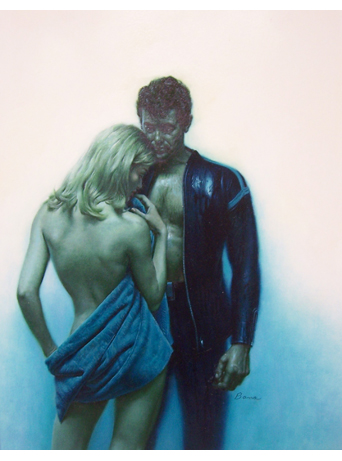
I read a comment on a recent blog post of mine by artist Nate Furman. He praised the likes of Gary Gianni, Franklin Booth and Joseph Clement Coll as inspirations. This was followed by an email to me from Nate. He shared his art, technique and idols with me as well as told me a little about himself. I was impressed by both his creativity and passion, especially after reading his guest blog on the Muddy Colors site. I had not been familiar with Nate before, but I was moved by his energy and glad he introduced himself. (And it helped that he stroked my ego by praising our books.)
I invited Nate to share some samples of his art and some insight about himself for my blog. Without further ado, I turn this over to Nate Furman:
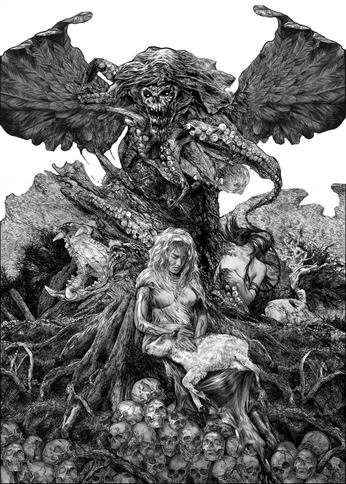
As a tiny child I discovered Al Williamson’s Star Wars strip. I could not put into words the genius of his gestural drawing, weight placement, masterful line work or his black spotting but… I knew he was good! It made me pick up a ball point pen and start making my own creations.
Much later I found Wrightson’s Frankenstein, a worn and road weary copy in a small comics shop, the white cover glowed amongst a sea of four-color covers. That book burned into my brain and I understood the word ‘Illustrator’ for what it should and could be.

When I began my career working on Conan the rpg I met artist Chris Quillams, I told him what a big fan I was of Bernie’s work, how much I Ioved doing pen-and-ink, he mentioned two names to me, Joseph Clement Coll and Franklin Booth. Those particular artists changed the way I saw line work forever. And then I discovered Flesk Publications, This fellow John was bringing all my heroes (and introducing me to new ones) to life in high quality installments! Life comes full circle sometimes.
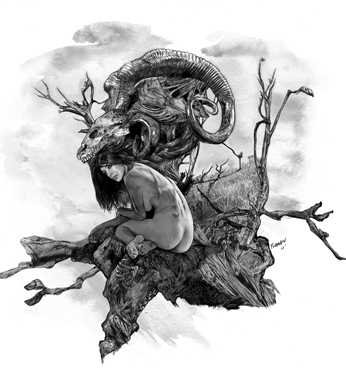
I wanted (and hope I am) part of this illustrative legacy. After years of studying the artists of “Flesk” I was sitting around one day and all the info in my brain became something… An idea. No one I knew of in the digital field was following the complexity of line work that was the trademark of these artists (proudly carried down from the distant Demi-gods Dore and Durer), what if someone decided to tackle this style in a digital format? Would it work? And how much effort would be needed to pull it off? And if you upped the resolution and dropped your brush size to almost nothing, how many lines could you work with and cause to interact with each other? Could this be a new thing created from the old techniques that I so love?

All these questions went through my mind. So far the reaction from other artists has been amazing and the reaction from the public has been slow but positive.
Please view some samples and judge for yourself if I am on the right track.
To view my process just goto www.muddycolors.blogspot.com and do a search for “Nate Furman tutorial.” To see a bunch more of my works please check out my blog (updated several times a week) www.furmanportfolio.blogspot.com.
A big thanks to John Flesk.
Cheers all,
Nate Furman
Thanks, Nate! See below for a direct link to Nate’s blog and his posting on Muddy Colors. You can see much larger versions of his art to better see the details on his blog.
Enjoy,
John
John Fleskes
Flesk Publications
Links:
Nate Furman’s blog
Nate Furman’s post on Muddy Colors
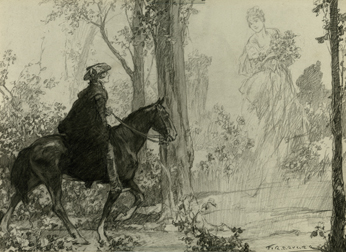
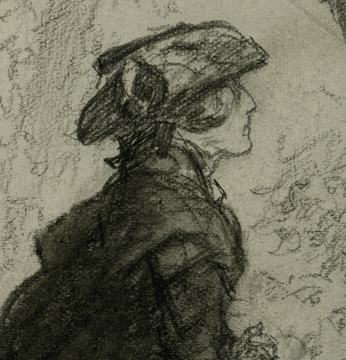
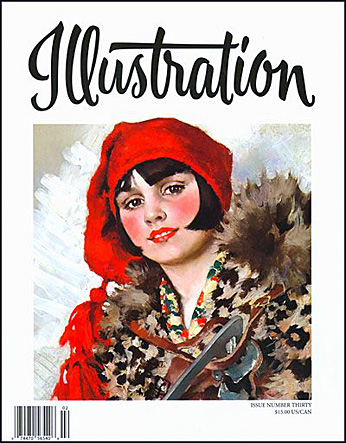




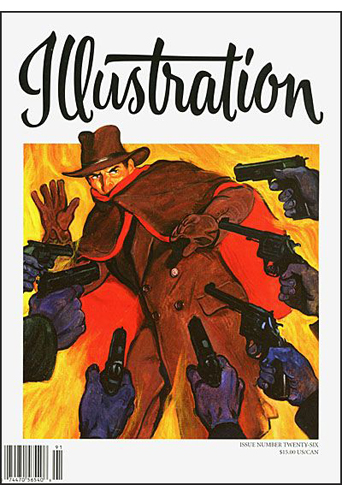 The new issue of
The new issue of 
